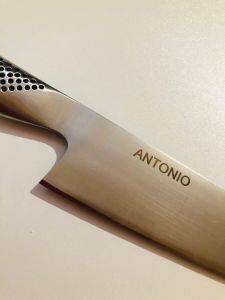Language
WORLDWIDE SHIPPING
Solid wood block complete with 7 Japanese Damascus Tim Malzer Series Knives by Kai
was
€1,722.00
Special Price
€1,599.00
€1,310.66
Availability:
In stock
The beauty of the Japanese damask knives Kai Tim Mälzer deserves a design, functional strain that can show elegance and practicality at the same time.
The design of this Böker knife holder shows the elegance, high quality of solid ash wood and ease of use.
It also allows you to immediately identify the required knife.
Each of the seven segments houses a magnet with enough power to hold the knife firmly, but still allows easy accessibility when needed.
The flat surfaces make it very easy to clean, with no cracks or holes that can collect dust or dirt.
Ash wood offers stability and style at the same time.
With the knife block you will find 7 damask knives from the Kai Tim Mälzer series, made of damask stainless steel in 32 layers. The central part is made of solid VG-10 steel with a hardness of 61 ± 1 HRC. The blade is embellished with a hammered surface, known in Japan with the name Tsuchime which combines unparalleled aesthetic qualities and sharpening.
Together with the knife block you will find the following knives:
n. 1 Utility knife, blade cm. 9 TDM1700
n. 1 Tomato knife with micro-toothed blade cm. 15 TDM1722
n. 1 Small Santoku knife cm. 14 TDM1727
n. 1 Chef knife, blade cm. 20 TDM1706
n. 1 Nakiri knife, blade cm. 14 TDM1742
n. 1 Slicing knife, blade cm. 24 TDM1704
n. 1 Large Santoku knife, blade cm. 18
Dimensions of the knife block: 25.8 x 25.5 x 14.5 cm.
Shipping time: 20 working days
FAQs

 IT
IT FR
FR
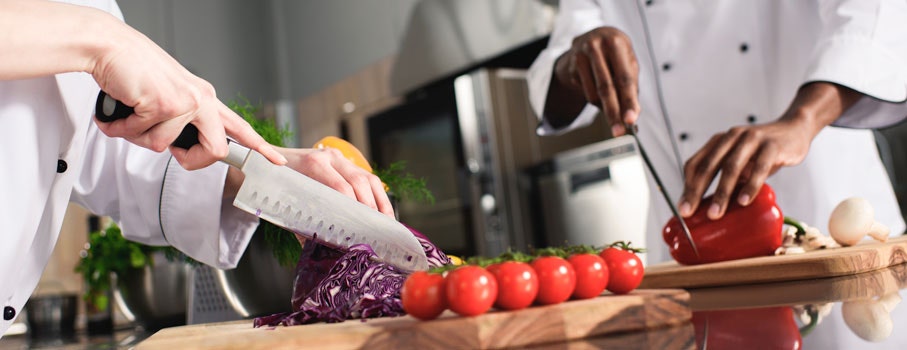
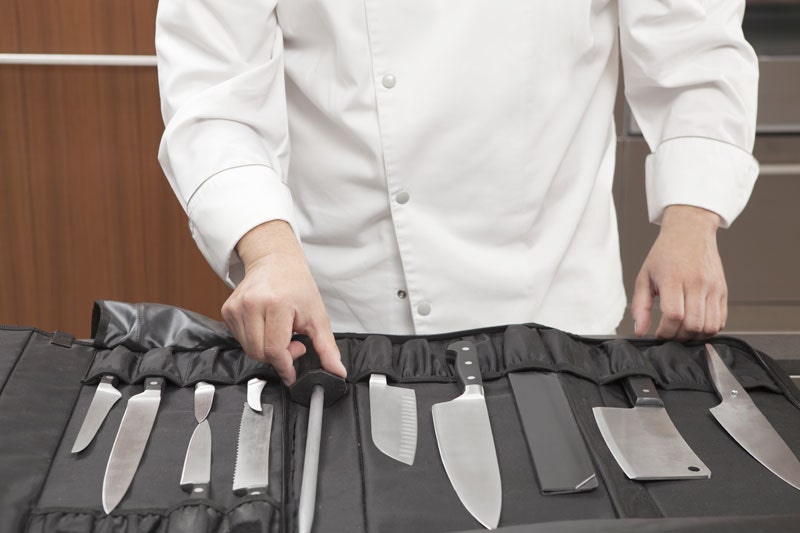
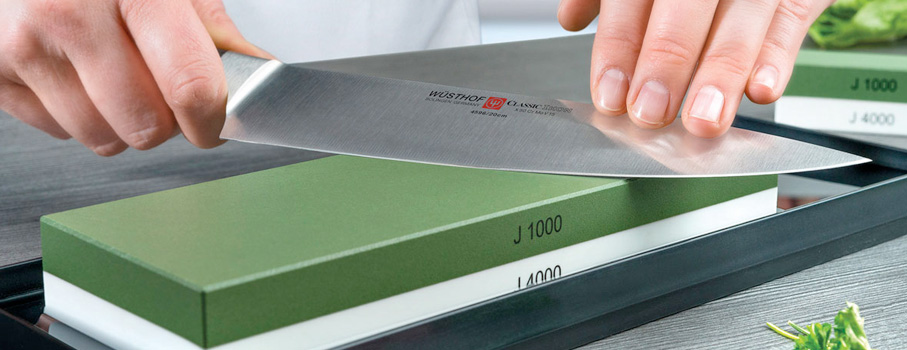
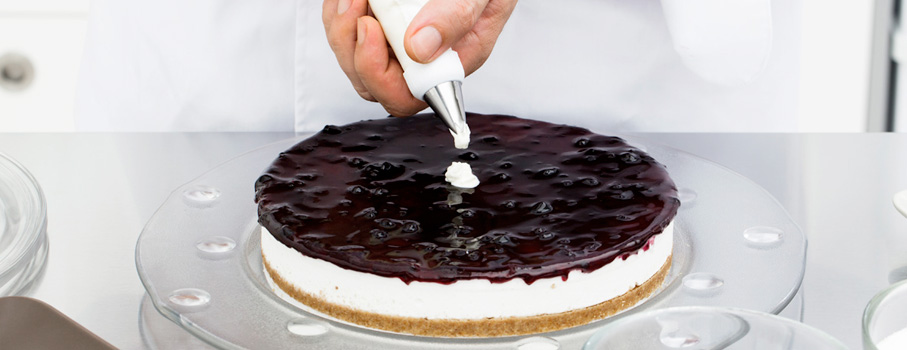

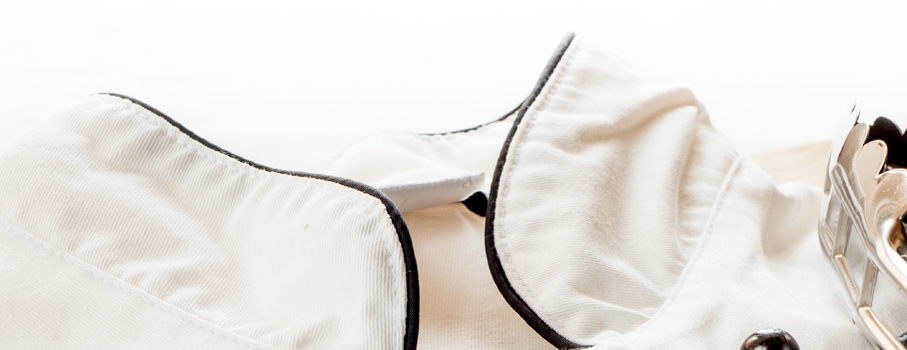
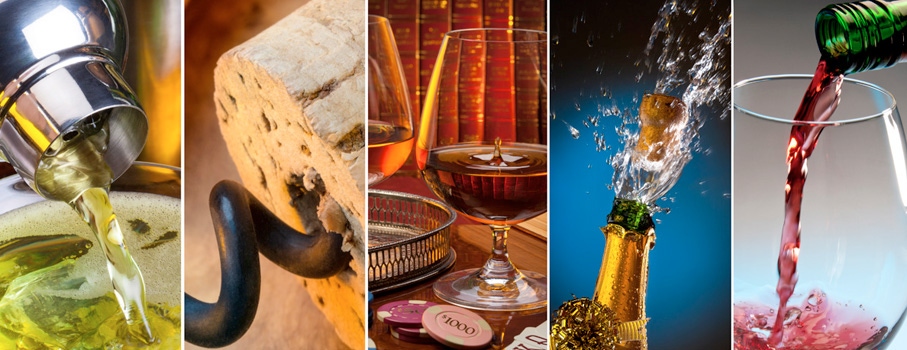
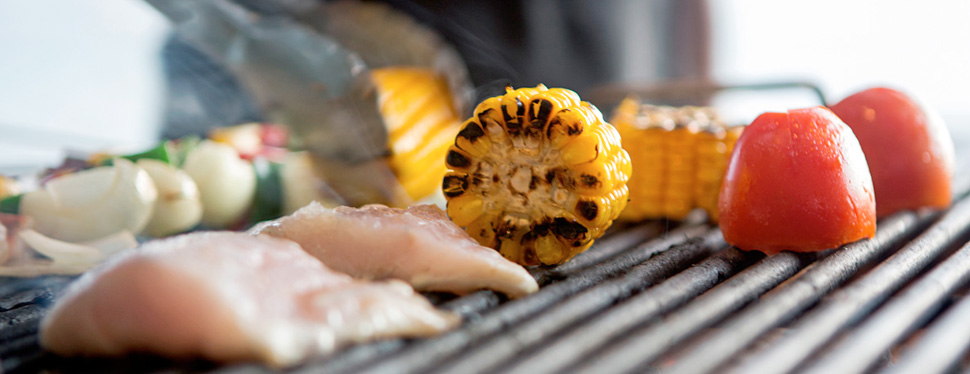

 IT
IT FR
FR
